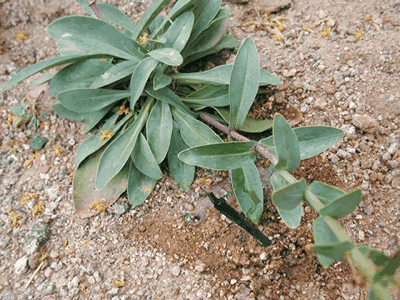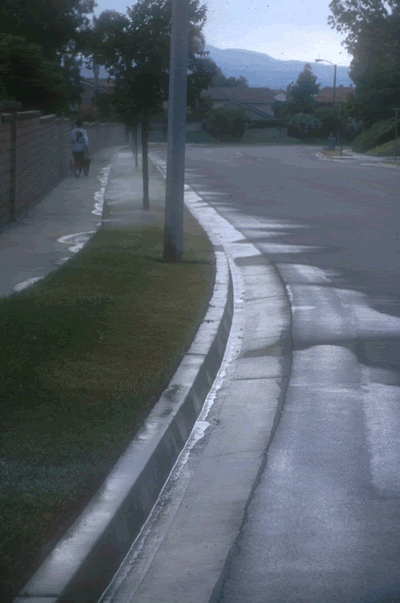Tune Up Your Irrigation System
It is always a good time to think about tuning up your irrigation system. Proper maintenance is easy, and it can help prevent future problems before they become expensive.
Depending on the age of your property, you might not have any record of past repairs or changes to the irrigation system. Where do you start when you’re unfamiliar with an irrigation system? First, find the point of connection. This is where the backflow preventer, or vacuum breaker, separates the irrigation system from the water supplier’s system. The device protects the water supply from contamination. It is important to know where the backflow preventer is located because in emergency situations this is how you shut down the entire irrigation system. If you do not have a set of plans showing where the irrigation system components are, make a map and label it with the locations of the backflow preventer and the rest of the system parts. Make sure to write down which direction is north.
Next, locate and map the controller and all the valves. Include information on what area each valve waters on your map. Note the type of irrigation equipment, such as sprinklers, bubblers, or drip, and what each is irrigating. For example, “Station 1: Pop-ups on back yard grass” or “Station 2: Drip to trees in front yard.” The easiest way to determine which valves are watering certain areas is to turn them each on manually.
Now it’s time to tune up each station. Clean and inspect each valve’s filter. Thoroughly flush the drip stations by removing the end caps and briefly running that station. If emitters are not properly functioning, clip them off while the system is running. This helps to clear any remaining debris in the delivery tubing. Be sure to cap off irrigation in areas containing dead plants. Cleaning, flushing, replacing, and adding emitters as the plants grow should be all that a drip system needs in the way of a good tune-up.

Popup sprinkler heads often break during mowing. Because different types and brands of sprinkler heads have different precipitation (water application) rates, replacing a head with a different brand reduces efficiency by causing over- and under-watering on that particular station.
Sprinkler head height and alignment also create water waste. Heads that pop up need to clear the height of the grass and stand straight. If they don’t, the spray pattern will not cover the intended area.

These sprinklers are watering more than the grass.
Keeping spray off sidewalks, driveways and buildings is a good way to save precious water and money.
Remember to run the irrigation in an area where recent maintenance occurred to verify that there was no damage to the system.
Bill Casenhiser
Water Conservation Specialist
City of Scottsdale